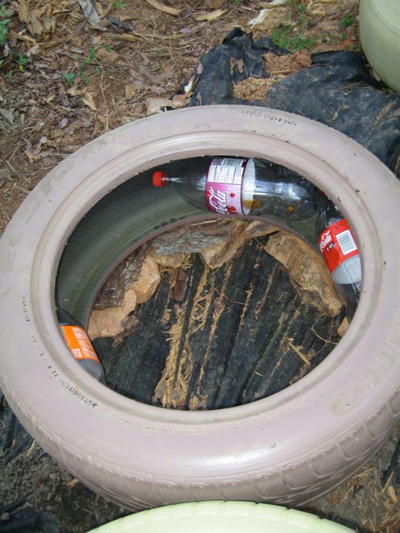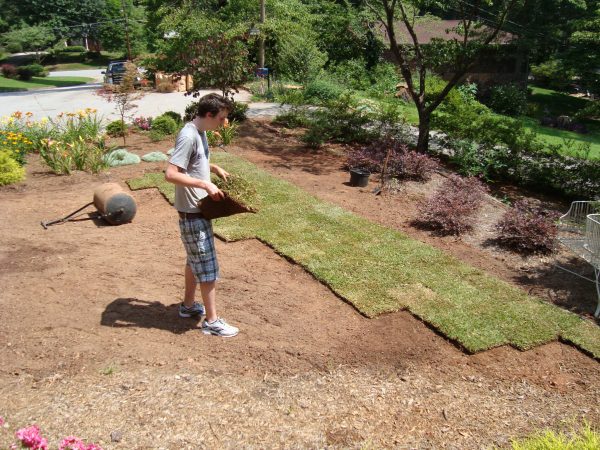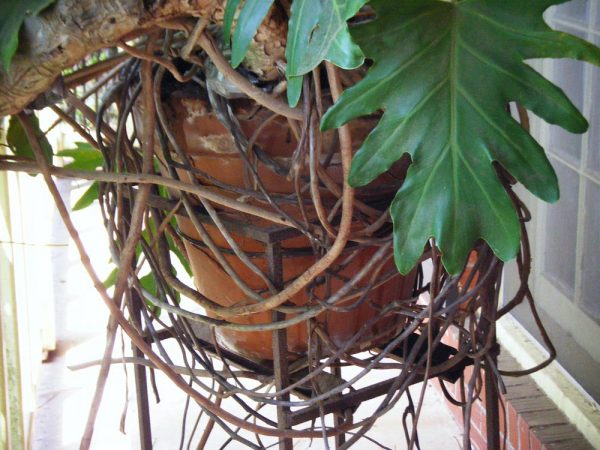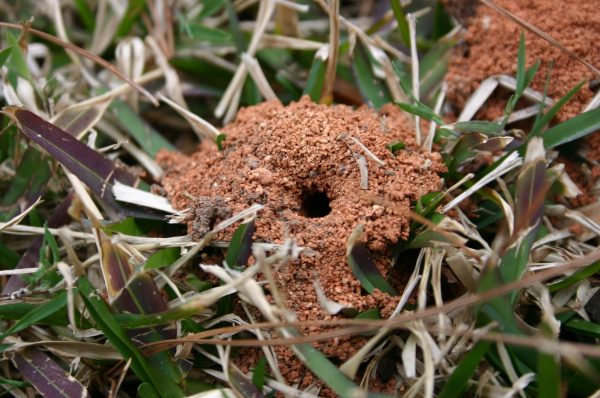Drought – Watering Shrubs
Plants must have water to survive. Water in a plant is like blood in an animal. Water carries dissolved nutrients, sugars and hormones throughout the plant’s system. Some plants can go for long periods receiving only minimal water. Others require water every day. Here are some guidelines to help you determine when, where and how much to water.
During drought or watering restrictions, consider the replacement cost of the plants in the landscape and do what you can to save the most valuable plants.
Hand Watering
During watering restrictions, selectively hand water shrubs showing drought stress. The direct application of water to the base of the plant, provided it is applied slowly enough to be absorbed by the soil, uses less water and is more efficient than sprinkler irrigation.
To avoid runoff when using the hand-held hose, use a water wand or other nozzle that divides the spray into rain-size droplets. Some nozzles have built-in spray pattern adjustments.
>Small shrubs (less than 4 feet in height) 1 minute (five gallons)
>Larger shrubs (4 feet and up) Increase the watering time by 15 seconds for each foot of height exceeding four feet. Example: an 8 foot tall shrub needs 2 minutes of watering (10 gallons)
If runoff occurs before you have applied the correct amount of water, move on to another spot and come back after the water has soaked in.
Soaker hose
A soaker hose can effectively water a swath one foot wide on either side of the hose. A 50 foot long hose can water 100 square feet of flower bed. Apply 50 gallons of water per 100 square feet when plants show water stress.
To determine how much water your soaker hose delivers:
> Coil it up and put it in a large plastic garbage bag.
> Cut a small hole in one corner of the bottom of the bag.
> Connect the soaker hose to your garden hose. Turn on the water.
> Suspend the soaker hose (in the bag) above a five gallon bucket. Allow water to drain into the bucket.
> Time how long it takes for the hose to apply five gallons of water.
If restrictions do not allow you to water outdoors at all, prune back shrubs by one-third to one-half when they become severely wilted and begin shedding leaves. This will reduce water demand on the roots and increase their chances of survival during drought.














